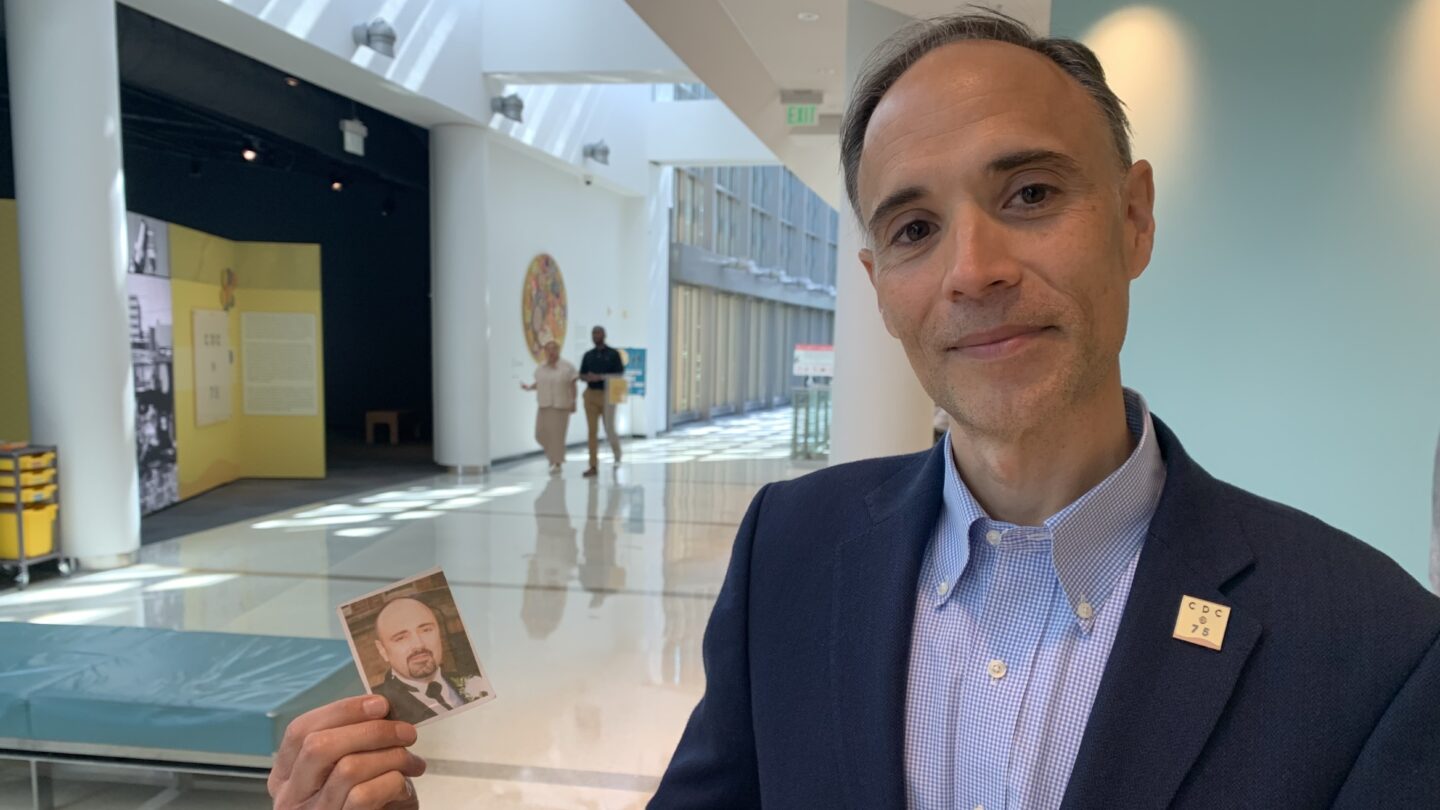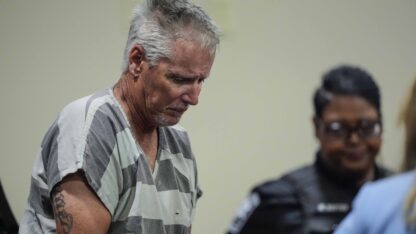The Centers for Disease Control says nearly 80,000 people still have physical and mental health conditions related to their exposure to airborne toxins following the 9/11 terrorist attacks.
Over two decades later, the CDC’s new exhibition, “Health effects of 9/11”, examines the health consequences of survivors and first responders and raises awareness among those who may be eligible for benefits.
The highly anticipated exhibition opens today to the general public at the David J. Sencer CDC Museum at the CDC headquarters. The showcase is on display at the location until April of next year, according to the museum’s website.
“The actions of the perpetrators on 9-11 represented the worst in humanity, but it also represented the best in humanity in our response to 9-11.”
Anthony Gardner, public affairs specialist at the World Trade Center Health Program
The exhibit was developed in association with the World Trade Center Health Program, an organization that provides no-cost treatment to those who have had their health affected by the tragic event.









